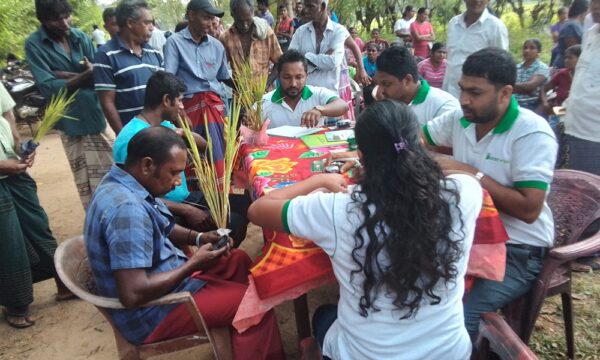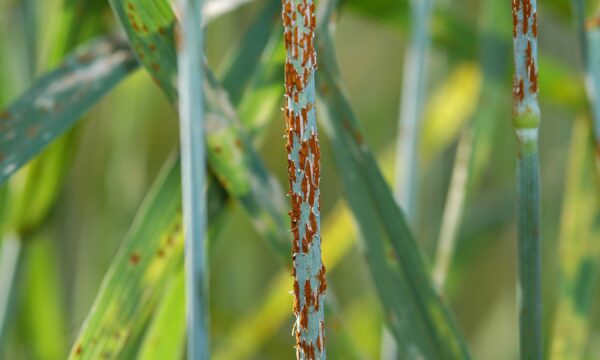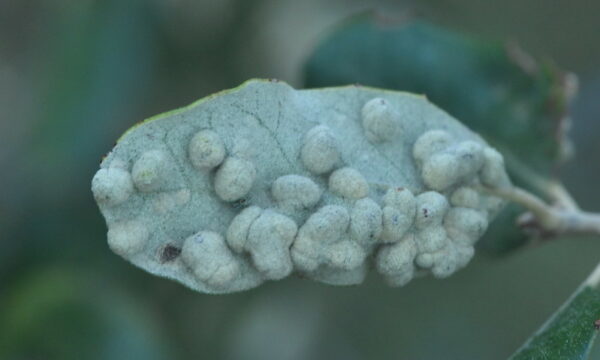
- Weather – an integral part of
farming ©Paul Dickson
While folklore has worked well for many farmers over the years, watching out for red skies or the wind changing direction isn’t always convenient, and a little more notice of hurricanes and tropical storms is usually appreciated. With recent stories of rain beating down on mangoes in Mexico, hail wreaking havoc on tobacco in Zimbabwe and droughts leaving crops more than a little thirsty in Cameroon, it seemed like good timing for the World Meteorological Organization (WMO) to announce its new development plans. Promising not only accurate predictions, but also free and easy access to more information than ever before, this latest advance is expected to go some way towards improving food security, particularly in developing countries.
The recent droughts in Cameroon are thought to be an effect of climate change, and it’s not just the crops themselves that have been affected by this. As temperature increases, other effects on insect pests and their natural enemies may occur, while pest and disease resistance that has been carefully bred into some crop species could become less effective. In addition, under abiotic stress plants can become much more susceptible to pests and diseases, while some pests may become stronger as environmental factors (such as precipitation and temperature) change in their favour. For example, sudden oak death, which affects various forest trees, could become much more prevalent with climate change.
It is hoped that a better knowledge of the weather forecast will help farmers maintain healthy crops in order to maximise their natural plant defences. David Thomas, chief of the WMO said “seasonal predictions and climate outlooks are powerful tools for knowing what crops will be more productive, while routine weather forecasts and mid-range outlooks can have strong impacts on harvesting.” The idea is that with improved communication technology and the wider database access that this project is set to deliver, farmers will be able to find the information that they really need to get the greatest yield from their crops.
Unusual weather can have crop production bonuses (check out what recently happened in Barbados) but it seems that we‘re going to have to be much more in tune with the weather if we want to minimise the impacts of pests and diseases on our future food security. If you want to read more about how the weather can affect crops and why improvements to Met Office communications are important, why not find out more about the changes that had to be made to Japanese crops after the tsunami or how wet weather triggered fungal outbreaks in Indonesia?
Additional sources:
Pautasso, M., Döring, T. F., Garbelotto, M., Pellis, L. & Jeger, M. J. (2012) Impacts of climate change on plant diseases—opinions and trends, Eur J Plant Pathol, DOI: 10.1007/s10658-012-9936-1
New research links crop disease and climate change, by The University of Hertfordshire
Forest Plant Diseases and Climate Change, by the US Forest Service Climate Change Resource Centre, 2010
2 Comments
Leave a Reply
Related News & Blogs
Understanding mango mealybug – a significant crop pest
A mango tree infested with mango mealybug. The mango mealybug (Rastrococus invadens) is an invasive pest outside its native home in Southeast Asia. It threatens mango crops, particularly affecting smallholder farmers. This scale insect pest lowers mang…
10 December 2024






More weather effects – climate change threatens rooibos tea in South Africa: http://www.timeslive.co.za/scitech/2012/02/27/climate-change-threatends-rooibos-tea
Thank you for sharing your thoughts. I really appreciate your efforts and I will be waiting
for your further post thank you once again.